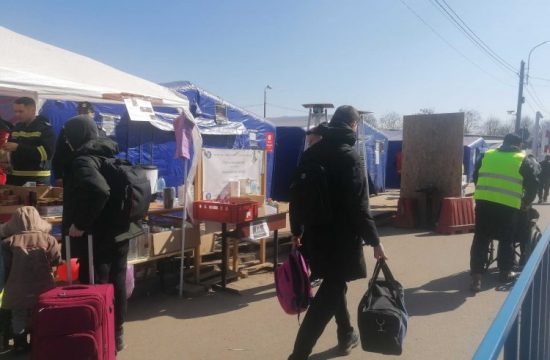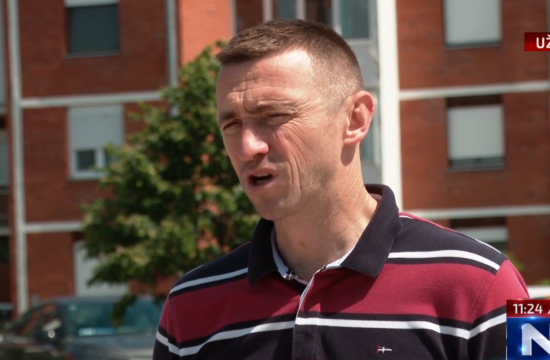Croatian Central Bank (HNB) Governor Boris Vujcic said on Wednesday that Croatia's GDP was expected to reach its 2019 level in 2022, noting that any projections were uncertain given the current coronavirus pandemic.
Vujcic was speaking at a conference called “Zagreb: A banking and financial centre in the new normal”, organised by the business daily Poslovni Dnevnik.
He said that the corona crisis had not hit different sectors equally, adding that the manufacturing and construction industries were recovering much faster than the hospitality and tourism sectors.
Vujcic said that the GDP decline this year would be slightly smaller than initially expected because of the better-than-expected tourist season, while a stronger recovery was expected next year.
The HNB reported in mid-October that real GDP was forecast to fall by 8% this year, before rebounding by 5.2% in 2021.
Croatia currently doing fine in terms of activated guarantee schemes
Croatian Banking Association (HUB) Director Zdenko Adrovic said that Croatia was currently doing fine compared to other countries in terms of activated guarantee schemes, which had reached 4-4.5% of GDP, roughly the same as in Denmark, the Netherlands and Portugal.
“Croatia lacks fiscal capacity for further borrowing, but right now this is also enough,” Adrovic said.
By putting in place a moratorium on loan repayments by households and companies, the banking sector has suspended loan repayments in the amount of about HRK 33 billion, which is about 8% of GDP, he recalled, adding that the amount owed by households is HRK 7.5 billion and that owed by companies is HRK 25 billion.
“It remains to be seen what will happen next year, when a considerable rise in bad loans is expected everywhere in the world. The level of such loans is relatively low in Croatia, but it is expected to rise. We hope that it will not rise to the extent it does elsewhere, but we are ready for all eventualities,” Adrovic said.
According to the latest data from the central bank, the share of non-performing loans was 5.5% at the end of the second quarter.
Adrovic stressed the need to strengthen the institutional framework to ensure better creditor protection and better loan recovery.
By way of illustration, he said that when a company in Croatia files for bankruptcy, it takes more than three years on average for creditors to collect their claims, which he said is the slowest rate in Europe. As a result, creditors on average manage to recover merely 30% of the loan principal, compared to 90% in neighbouring Slovenia.



